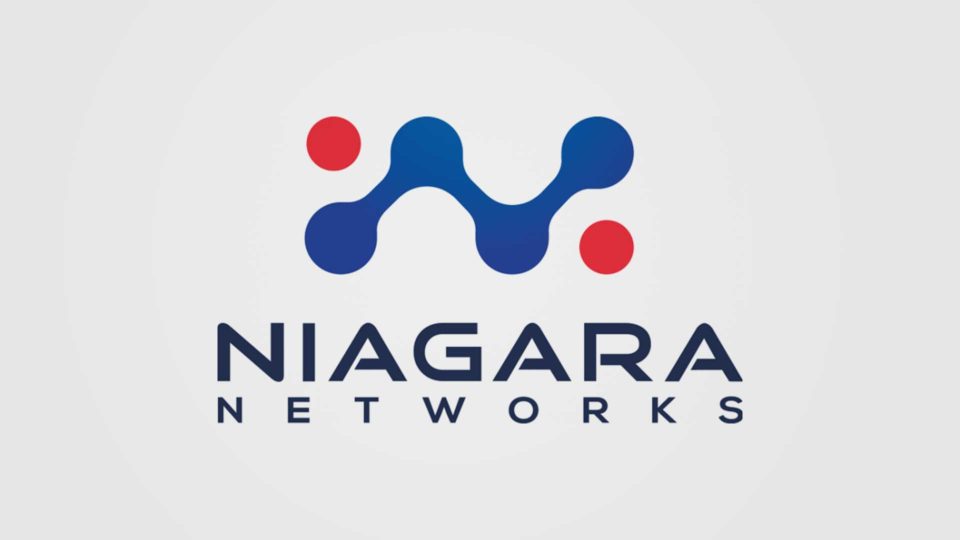6 Steps for Securing an Impenetrable Network Infrastructure

By 2021, cybercrime will cost $6 trillion globally. In a survey of over 500 senior-level IT managers, 77% said their companies experienced a security incident in 2018. And worse yet, 39% said their companies suffered five or more data-corrupting events.
Statistics like these make cyber attacks seem like an inevitability. In reality, most incidents are preventable if you design a secure network infrastructure.
That may seem easier said than done. But if you follow these six steps, you’ll have the foundation for a secure network infrastructure that keeps your business from becoming another data breach statistic.
1. Run a Network Security Audit
You can’t start designing a secure network infrastructure from scratch, ripping and replacing what’s already deployed. To figure out how to go from your current state to an impenetrable network, you need to know the strengths and weaknesses of your existing investments.
That’s where a network security audit comes in. When you conduct an audit, you create a detailed account of the policies and assets you have to protect your network. And by creating that account, you can identify the weak points that are putting your company at risk.

According to an IBM study, 68% of companies are ill-prepared for a security incident. And 77% of IT leaders admit they don’t have a formal incident response plan in place.
Your first step to creating a secure network infrastructure is conducting an audit that highlights these deficiencies and evaluates:
- All devices and platforms that make up your network infrastructure
- Security policies for protecting technology and data
- The architecture you have in place for security, monitoring, and visibility
- Your risk profile to identify the biggest threats to the network
- Results of a new penetration test to identify the holes in your network
All of these components will give you the baseline of knowledge necessary to start designing a secure network infrastructure.
2. Review Cybersecurity Tools
The network security audit will give you a complete overview of the cybersecurity tools you’ve invested in. Now, it’s time to dig deeper into the protection that those tools provide.
Data speeds and network performance are accelerating at a rate that many security architectures haven’t kept up with. If all of your security tools are designed for a 1G network, but you’ve upgraded a majority of your infrastructure to 10G, you’re overloading your tools and potentially missing malicious packets.
Or, you may have insufficient tools to defend against increasingly sophisticated attacks. Basic firewalls and signature-based tools like traditional antivirus aren’t enough anymore. Determine if (and when) it makes sense to deploy other tools, such as next-gen firewalls, intrusion prevention/detection systems, data leakage prevention, and more.
3. Conduct Ongoing Cybersecurity Awareness Training
For all the concern about sophisticated attacks—advanced persistent threats (APTs), ransomware, crypto miners, remote access trojans, etc.—human error is still the leading cause of security incidents.
Employees who unknowingly open the door for attackers accounted for 66% of all compromised data records in 2017. Attackers know that they can use social engineering to get unsuspecting employees to click malicious links and gain footholds in your network.
That’s why ongoing cybersecurity awareness training is so essential to any secure network infrastructure. The more your employees can help you spot potential threats, the less you’ll have to rely on security and monitoring tools to spot every bit of malicious activity.
4. MatchUser Access Privileges to Work Necessity
The reason employees are such high-value targets for cyber attackers is that a simple phishing email can lead to a compromised set of admin credentials. All it takes is one employee with admin access to make a mistake allowing attackers behind your cyber defenses.
Not all employees need admin access. But many organizations are overly generous with admin credentials to improve employee experiences.
Advanced access controls can help you limit users to only what they need to get their jobs done—without making life difficult for them.
But access control isn’t just about admin credentials. It’s about making sure that even if a user is compromised, attackers won’t be able to create footholds in your network. Implementing two-factor authentication helps safeguard your network in the case that awareness training falters and an attacker manages to access an admin account.
5. Patch Your Software ASAP
Every piece of software and connected device on your network represents a potential target for attackers. Software and device firmware will continuously be updated, which inevitably opens up new vulnerabilities across your network.
Despite best efforts, it’s taking far too long for companies to patch these vulnerabilities. Studies show that it takes IT teams an average of 38 days to patch a known vulnerability. While that’s better than the 120-day average from 2015, it’s still too much of a window to leave open for attackers.
Patching software as soon as possible will make life difficult for hackers. When you take away the low-hanging vulnerabilities of your network, attackers will have a smaller attack surface and may look for a new target.
6. Implement a Pervasive Network Visibility Layer
Without this step, all of your security and monitoring investments might go to waste.
The only way for your cybersecurity tools and network monitoring equipment to protect your network is to have total visibility into all traffic. It only takes one data packet to go unanalyzed and compromise your network.
But with the right combination of network taps, network packet brokers, and bypass switches, you can create apervasive network visibility layer that improves protection, reduces downtime, speeds up recovery time, and maximizes the ROI of a secure network infrastructure.
Bonus Step: Centralize and Orchestrate Traffic Distribution
All of these steps are meant to give you a secure network infrastructure—not just for today, but to adapt as the threat landscape evolves.
However, ever-increasing data speeds and network tool sophistication will continue to complicate security. As you add more tools and policies to address new threats, you’ll need a way to unlock network intelligence from your visibility and security layers.
That’s why we’ve built the Packetron—a packet acceleration module. With this tool, you can efficiently offload processing tasks from network appliances to your visibility layer, introducing new capabilities like SSL decryption and threat detection that aren’t usually associated with visibility.
When your network packet brokers are built with Packetron, you can create central points of traffic distribution and orchestration that simplify your infrastructure.

